What size battery and inverter system do you need, for off-road adventure or off-grid power?
Struggling with Amp-hours, Watt-hours, energy, power, inverters and solar? This report breaks it down in simple terms.
How big a battery do you actually need, for off-grid power? If you’re camping, boating, caravanning or building a dirty big shed in the back paddock, and you need to run a refrigerator, lights, air conditioner, cooking, and/or a bunch of tools, what exactly do you need to know, to get this right?
Right at the end of this report I am going to share a vital, potentially lifesaving tip with you, which I am sure many of you Dingo Piss Creek visitors do not consider … before removing themselves from the gene pool.
I’m also going to through with you the ghetto engineering of an off-grid power system to suit your needs - without going all ‘propeller-head’ on you. There will be some basic mental arithmetic. My intention is not to give you an intra-cranial bleed, however - so we’ll just stick with the ‘need to know’ stuff, so you can select the right components to do what you need to do, out there.
We’re going to have to talk about why you need to forget about amp-hours, and concentrate on electrical energy requirements instead. Then how to assess how much energy you actually need, how much power delivery you need (these are different things), and how much surge capacity you need.
It is a bit techy - but I will endeavour to make it minimally so. You do need to come to grips with this, however, because these systems are expensive.
The technicalities are covered off in the video above from timecode 10:05. It goes for about 20 minutes. After that, you’ll know enough to know what size system you need ‘out there’.
This video is sponsored by Bluetti - the purveyors of portable powerhouses, such as these. What you’re looking at below is the AC200MAX - which is a 2048 watt-hour battery/inverter system with pure sine wave 240-volt AC output (just like a powerpoint at home, basically). There’s four of those outlets onboard.
Full disclosure: Bluetti did send me the products for review. No money changed hands, and they don’t get any say in what I say in this video. If you use my links below, I will get a small commission, but it won’t cost you any more.
BLUETTI LINKS
Visit BLUETTI here: https://bit.ly/3n62heK
AC300 Inverter module: https://bit.ly/3xRb5e3
AC300 + B300 expansion battery module(s): https://bit.ly/3NUy39s
AC200MAX portable power station: https://bit.ly/3HrpyRa
AC200MAX with B230 expansion battery: https://bit.ly/3HqJlzP
This AC200MAX unit has 2200 watts of total output, plus numerous 12-volt DC output options, including an aviation plug, plus USB (including a 100-watt USB-C for fast-charging a laptop) and two inductive charge pads on top, for mobile devices. It’s very versatile.
You can use all the power outlets at the same time (or as many as you need - AC, 12volt, USB, all together). And you can charge it fast from a wall outlet or up to 900 watts of solar. Actually you can charge from AC and solar at the same time, for a maximum of 1300 watts in.
If you download the free Bluetti app you can drive the unit from your phone. (There’s a touchscreen on the unit as well.)
Above is my review on the AC200MAX - I did some steel fabricating here in the Fat Cave with it. It even managed to run one of my MIG welders, briefly, just, to gloss over a mistake I made, on camera. (I had to fill in a hole that went and drilled itself where no hole should ever have been. Oops-a-daisy.) So, that was pretty impressive.
And if you don’t want to take my word for it, here’s a comment on a community post I did about the unit recently, on YouTube, from a farrier named Wayne Lawrence:
Thanks Wayne - I appreciate you letting us know mate. Glad it’s working out for you. - JC
EXPANDING STORAGE: HOME OR AWAY
Above, my AC200MAX is sitting on top of a new expansion battery called a B300 - which adds a further 3072 watt-hours of storage. Hooked up with this supplied high-voltage cable, you’re looking at a massive 5120 watt-hours of energy onboard. (Which will keep essential items at home running for a long time during a blackout, for example.)
You can actually add two B300s to an AC200MAX for a total of 8192 watt-hours of storage. Or if you use the new AC300 inverter module, you can plug in up to four of these expansion batteries for up to 12,288 watt-hours. And you can pull up to 3000 watts out of an AC300.
So this kind of thing is modular and portable and customisable to suit you. Like, it’s hardly ‘walk all over town’ portable - but you can move it (or bits of it) in and out of home, or from vehicle to vehicle, or from van to boat - whatever - and because of its modularity, I can leave one or more of the big expansion batteries behind when today’s assignment can be closed off with (for example) just the AC200MAX.
And if a B300 battery module is home alone - you can still tap USB out of it, as well as 12 volts DC at 10 amps. So you could leave it in the caravan, powering some small stuff, while you go off on a little adventure in the vehicle.
These things are a premium product - they’re not cheap, but they are hi-tech and quality. It’s basically a home backup battery you can take adventuring or working with you. Try doing that with a Tesla Powerwall.
All of these batteries are the lithium-iron-phosphate type - which means: They’re stable and durable. You get 3500 cycles, basically, which is a full discharge and recharge daily for almost 10 years (and hardly anyone who owns one will do that). After the 3500 cycles, storage capacity is looking like still being 80 per cent of what they started with, new. So - hardly worn out, even after a decade of hard use, so that’s quite encouraging.
I’ve used three Bluetti portable power stations now, from EB55 to AC200MAX, for several months, and they’ve all functioned flawlessly. I’ve overloaded the AC200MAX several times, in testing, welding with it, and it just protects itself by tripping and resetting, without needing counselling and medication for the next several months - so in that respect I guess it could be classified as properly superhuman.
BLUETTI Vs DIY
Now, if you’re in need of remote power, one of the ways to get what you want is to buy individual components and DIY it, or to get someone in the aftermarket industry to put something together for you.
DIY is fun - no doubt - but in the case of this kind of thing, there’s a potential dark side: You are dealing with a lot of stored energy, and if the setup fails in some way … it could be a disaster. Because of the energy.
And the thing about DIY is: Everything you build is, ultimately, a prototype. It would always be better if you did it a second time, and better again the third time. So that’s hardly ideal. And unless you have high-level electrical fitting skills, I’d be paying someone qualified to install this kind of thing for you.
I guess you could have it installed in some kind of enclosure if you wanted portability… It’s more likely, however, that it’ll be hardwired into a vehicle or a van, and there goes you portability.
And just on price: I did some quick scratching around. A battery like this one above 2400 watt-hours (12 volts times 200 amp-hours). $900. And an inverter like this one: 2000 watts. $1200.
That’s $2100 total. And we haven’t installed it yet, or added the same power outlet options as the Bluetti AC200MAX (charge pads, five USB, three more GPOs, the 12-volt DC…) Nor have we added the charging options - from the grid and/or solar.
These look like high quality products to me, and my intention is not to rubbish them - not at all. This is a viable solution. But the end result is characteristically different.
But in the domain of pragmatism, on balance, I fail to see how you could DIY a setup roughly equivalent to the AC200MAX, using quality, off-the-shelf components, for less than about $3000 - and it would not be portable or easily expandable, or nearly as well integrated.
So, on that basis, I think you can see why I kinda lean towards these Bluetti remote power solutions - they just work, out of the box. And now you can expand them, if you need a bigger tank, as it were.
BLUETTI LINKS
Visit BLUETTI here: https://bit.ly/3n62heK
AC300 Inverter module: https://bit.ly/3xRb5e3
AC300 + B300 expansion battery module(s): https://bit.ly/3NUy39s
AC200MAX portable power station: https://bit.ly/3HrpyRa
AC200MAX with B230 expansion battery: https://bit.ly/3HqJlzP
The one thing I would suggest - and this is the safety PSA I promised at the start - with any 240-volt AC off grid power supply, you are dealing with real electricity. It can kill you, just like a wall outlet at home. Only, you will be using it, at times, in a more potentially dangerous environment. So, you need to take all appropriate electrical safety precautions.
Water and electricity, for example - bad combination. Extension cords and campsites, heavy dew in the morning. Bare feet. Wet hands. Salt spray on a boat. Typical construction site hazards. It all makes you a more effective conduction pathway to earth. That’s bad.
So you need to remember to unplug at the outlet, dry your hands, wear proper footwear, and make sure you are protected by a core-balance relay, as close to the supply as possible. RCD. Safety switch. (Whatever you want to call it, dude. That thing that measures the active/neutral core balance, and trips fast if it detects imbalance, which typically means earth leakage. Potentially through you.)
Clipsal, for example, does this fairly neat, hi-viz box above, with four outlets and RCD protection and you get change out of $200. Pretty cheap insurance. Could be a great investment in you not waking up dead, after having just a little too much fun out in the boonies.
Equally useful if you choose to use a petrol generator. Make sure you are at least as systematically protected ‘out there’ as you are at home. And even then, dude, don’t get cavalier about it.
Remember, even ‘out there’ it’s real electricity.




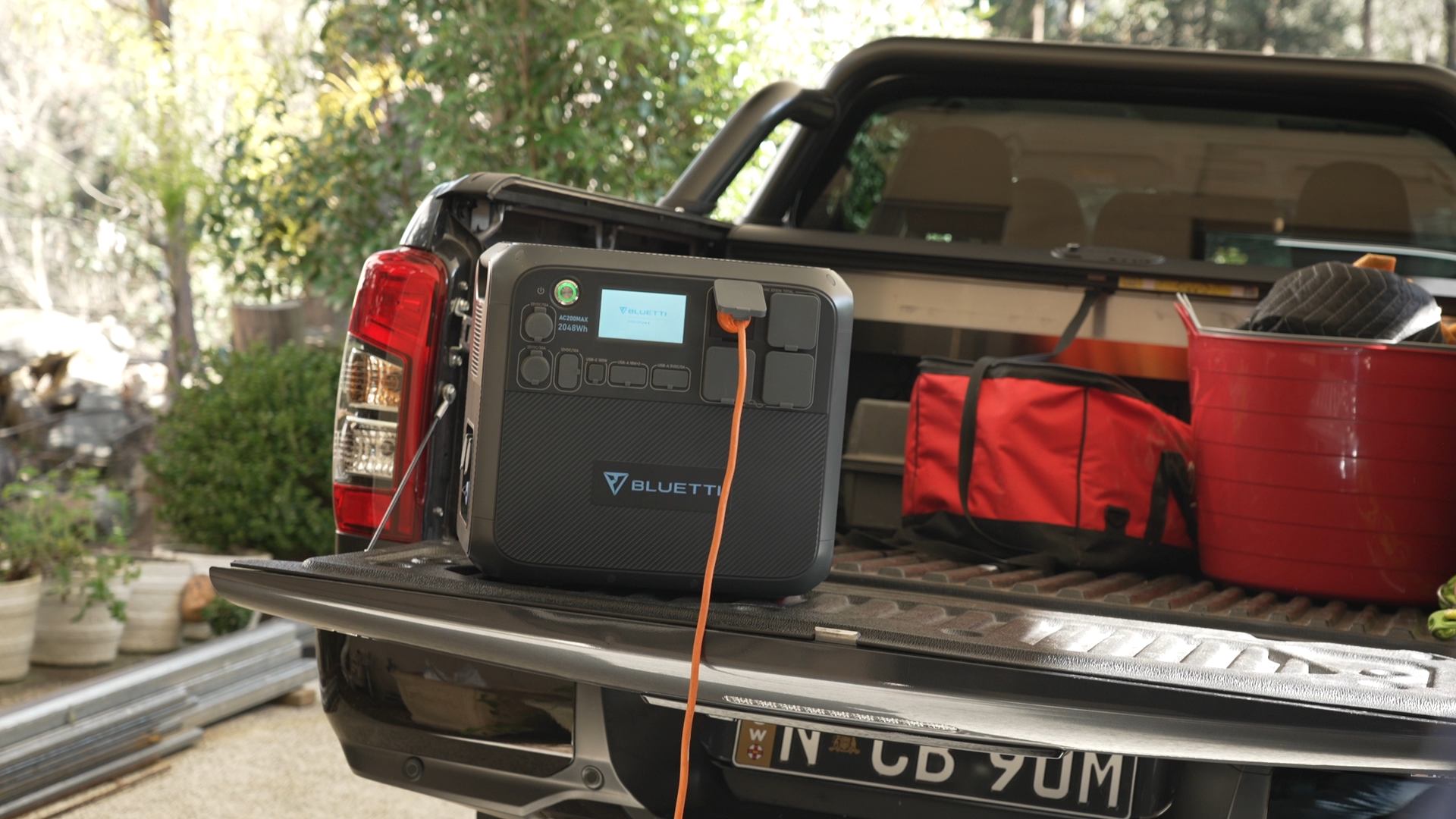
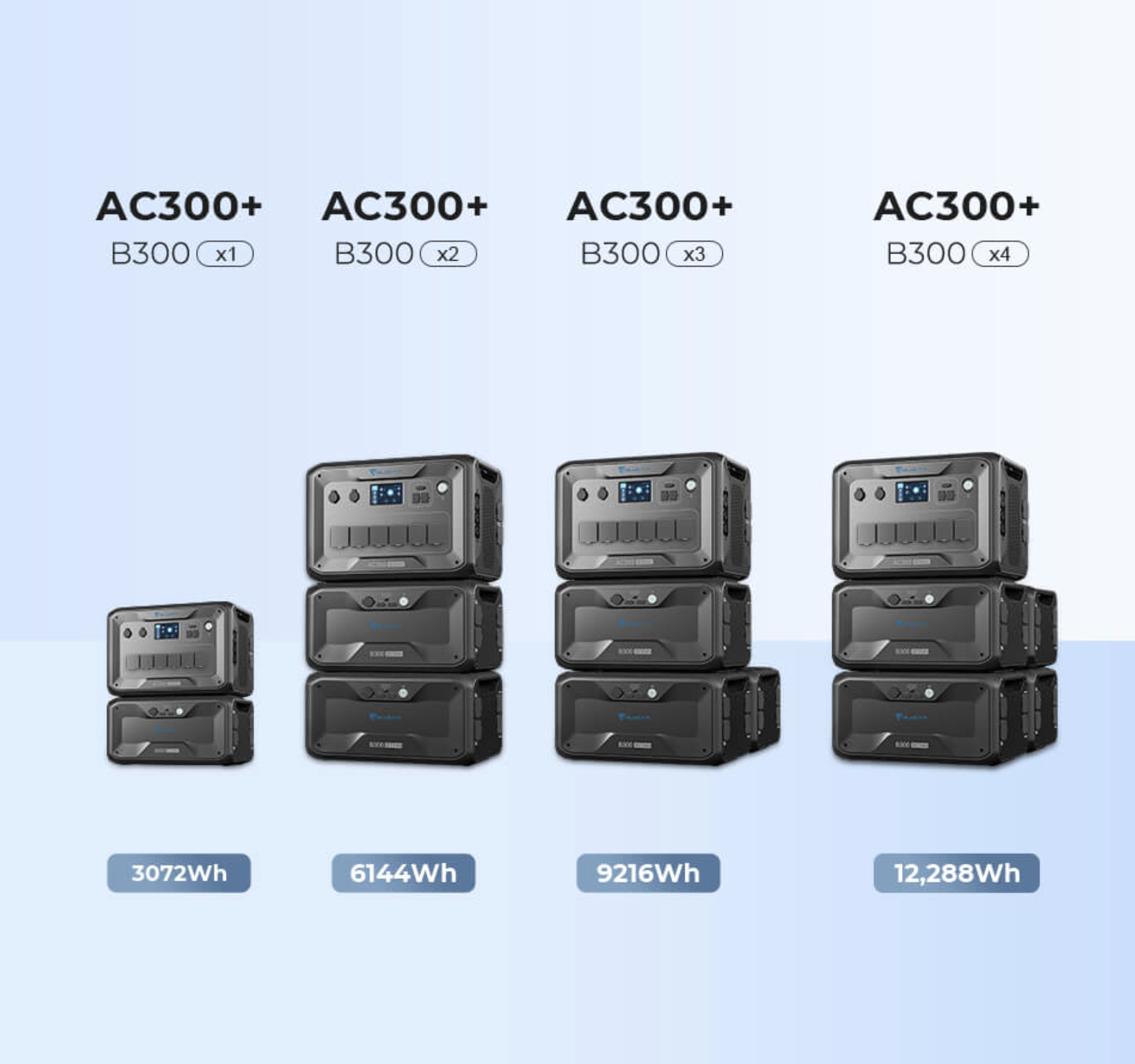
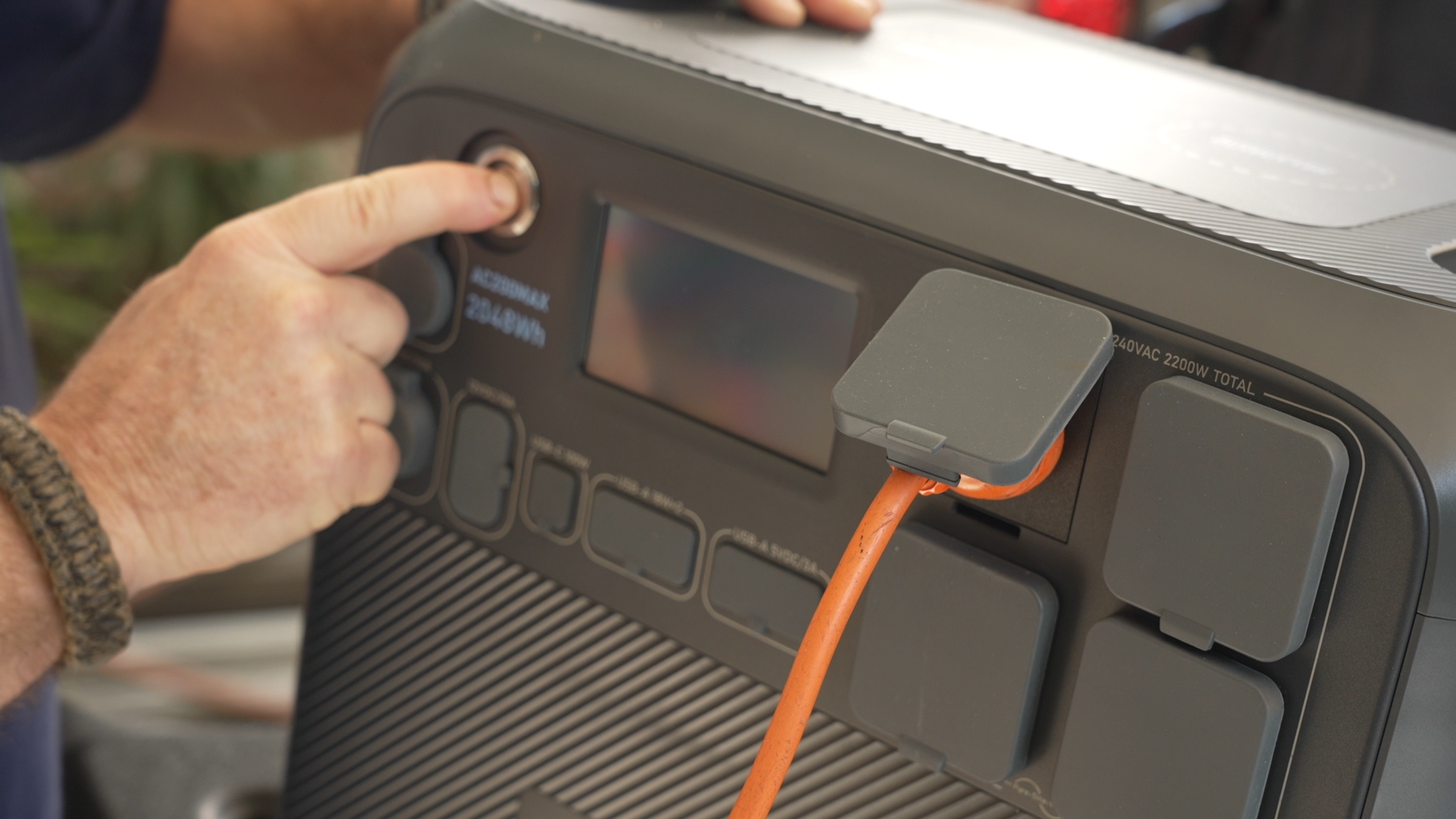

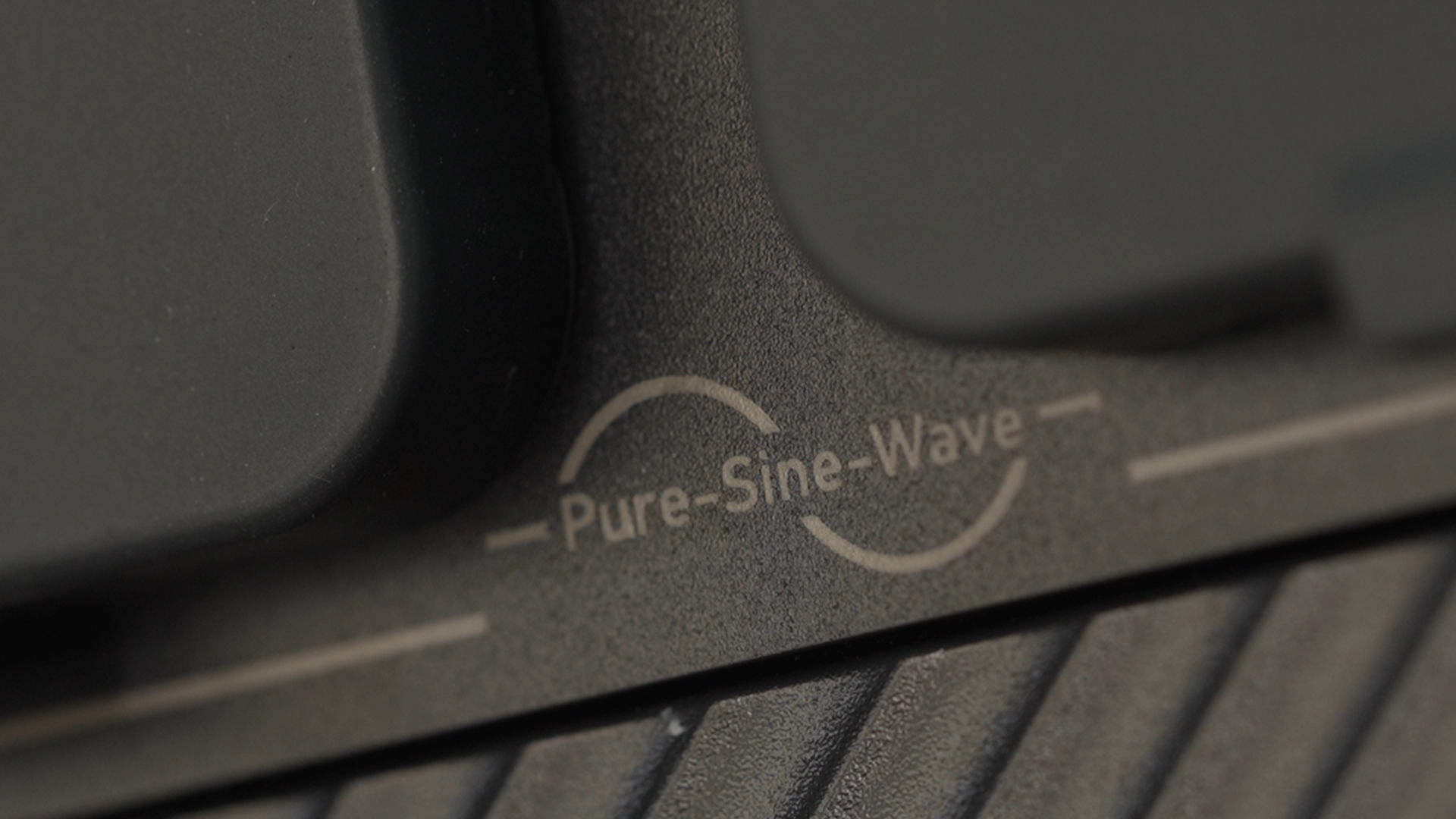
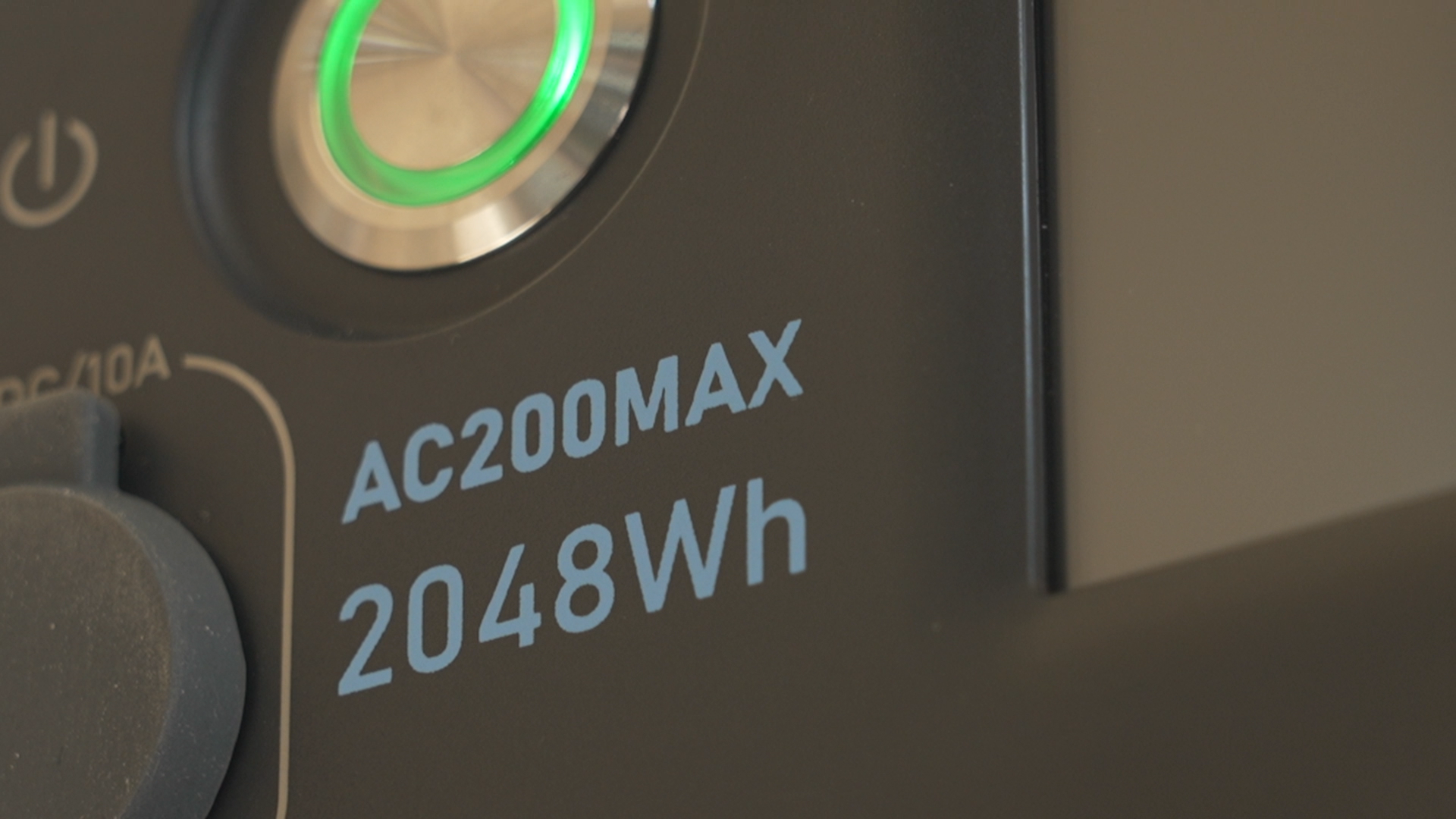
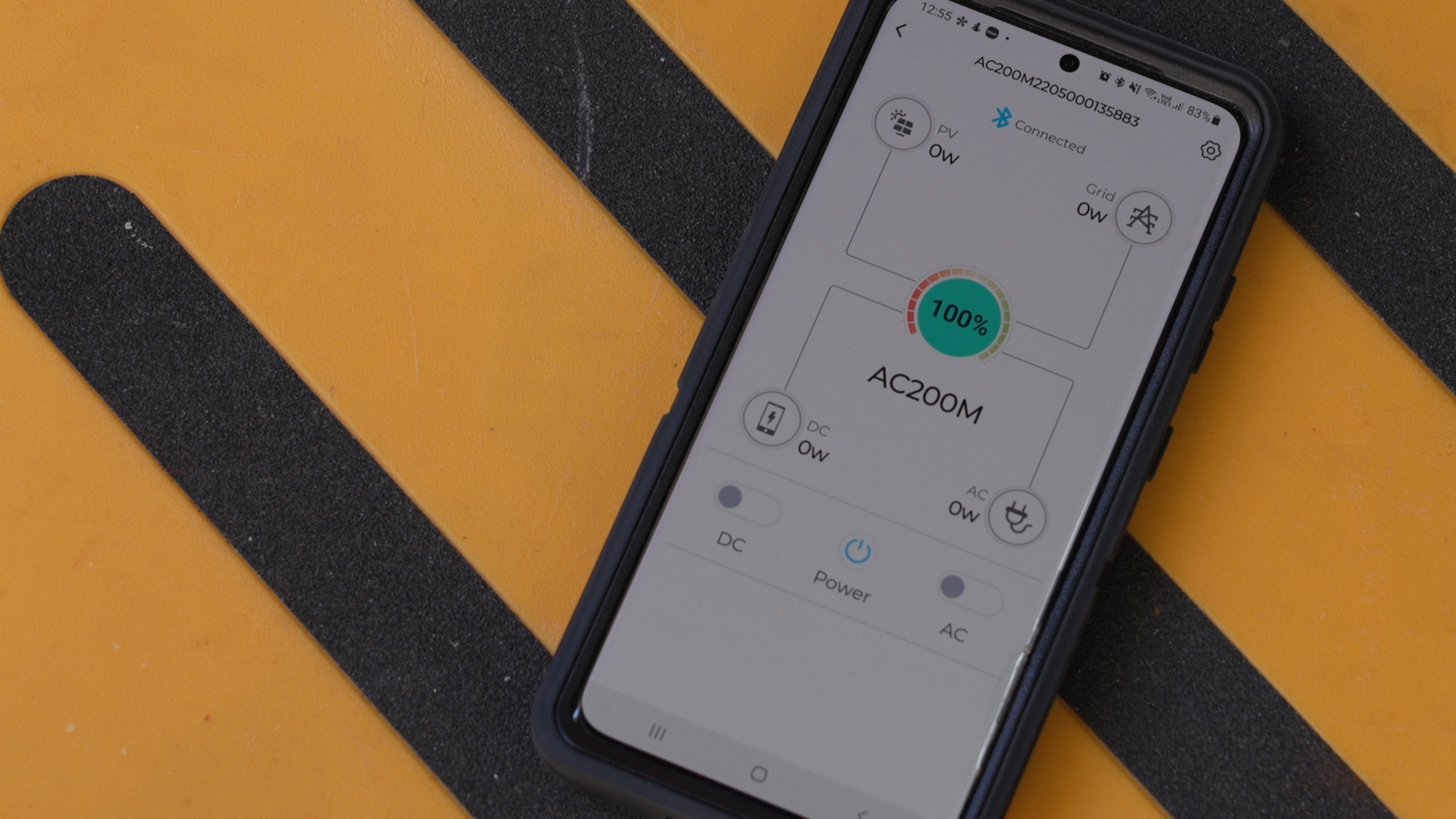
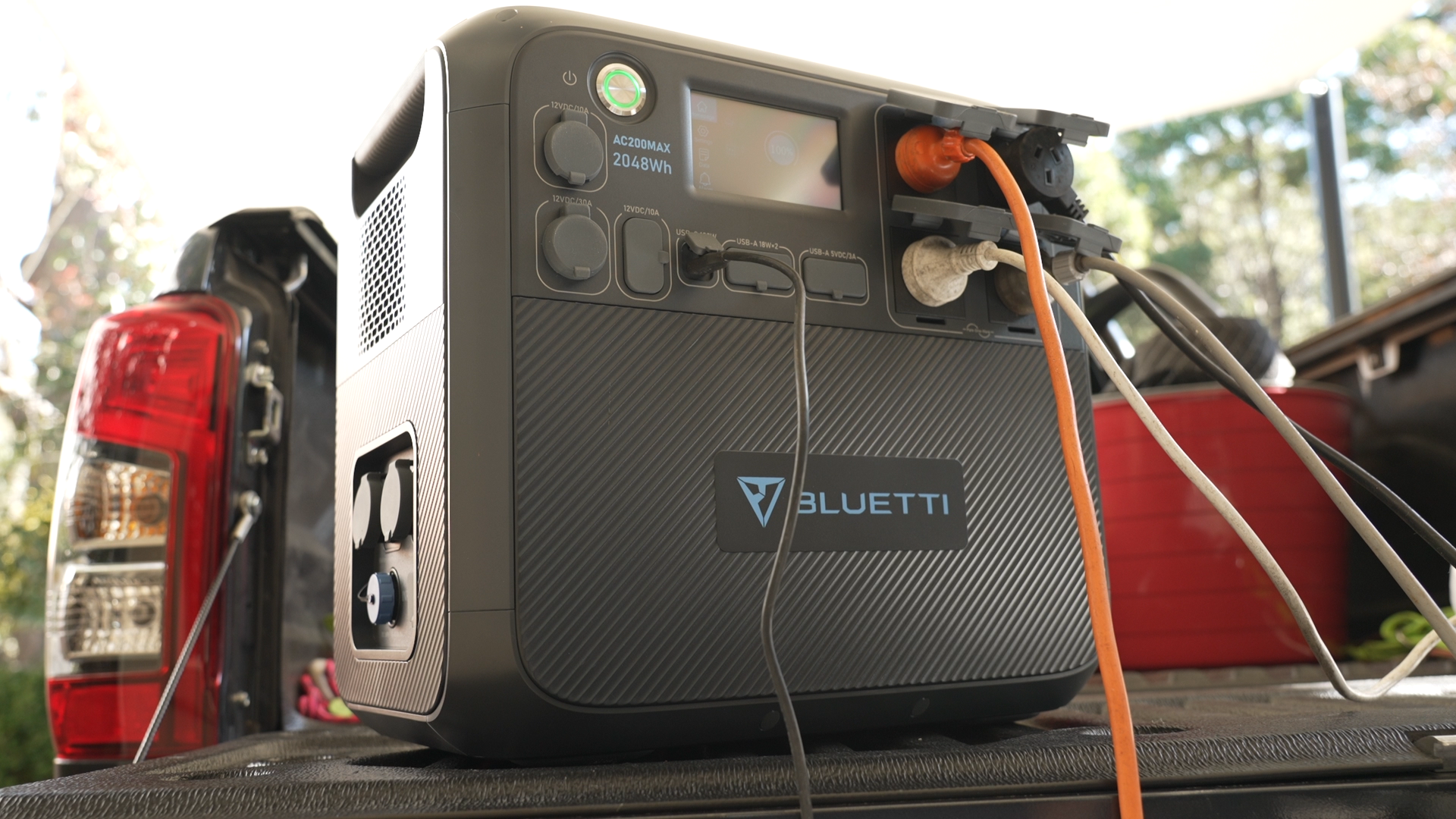
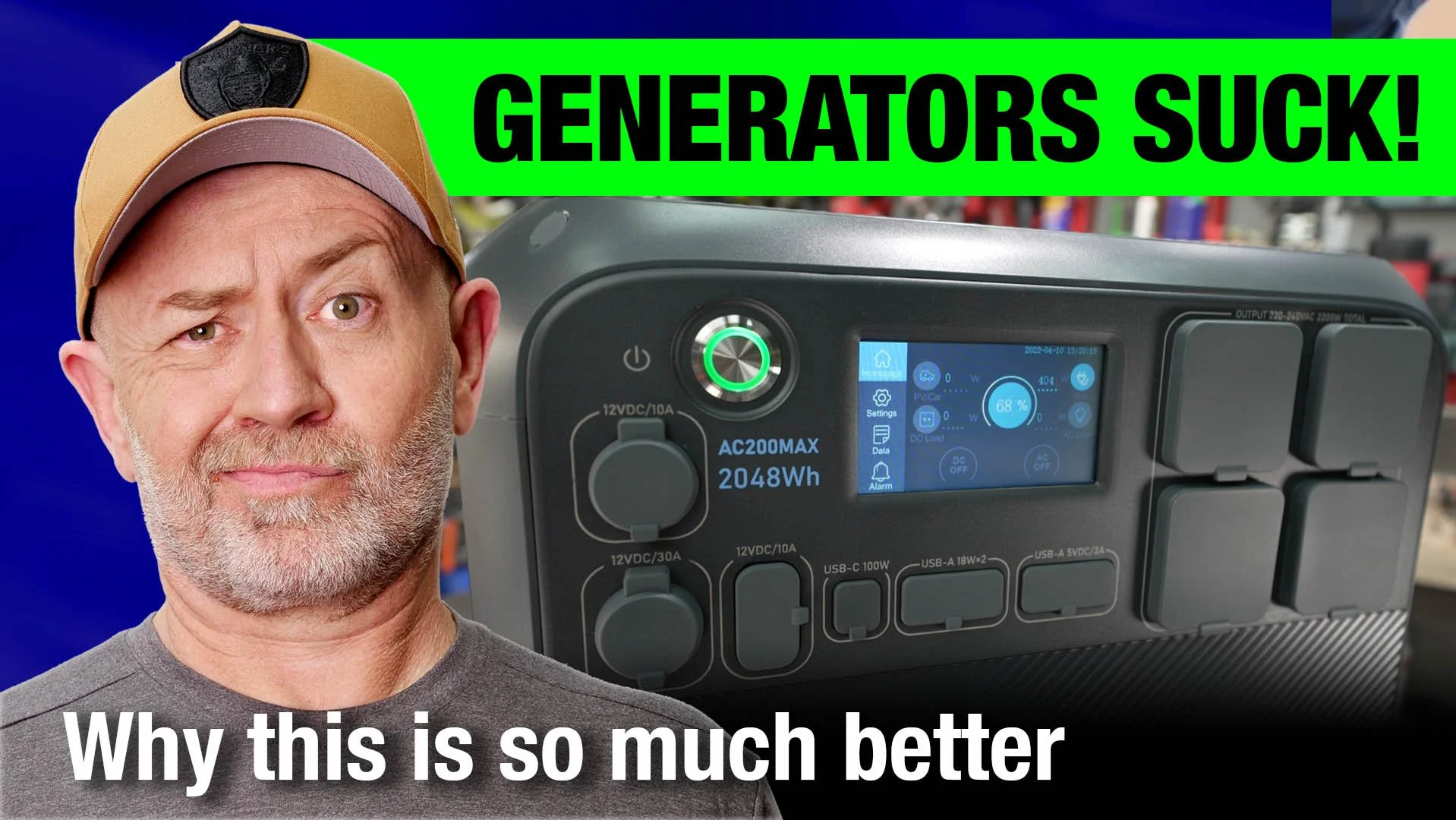




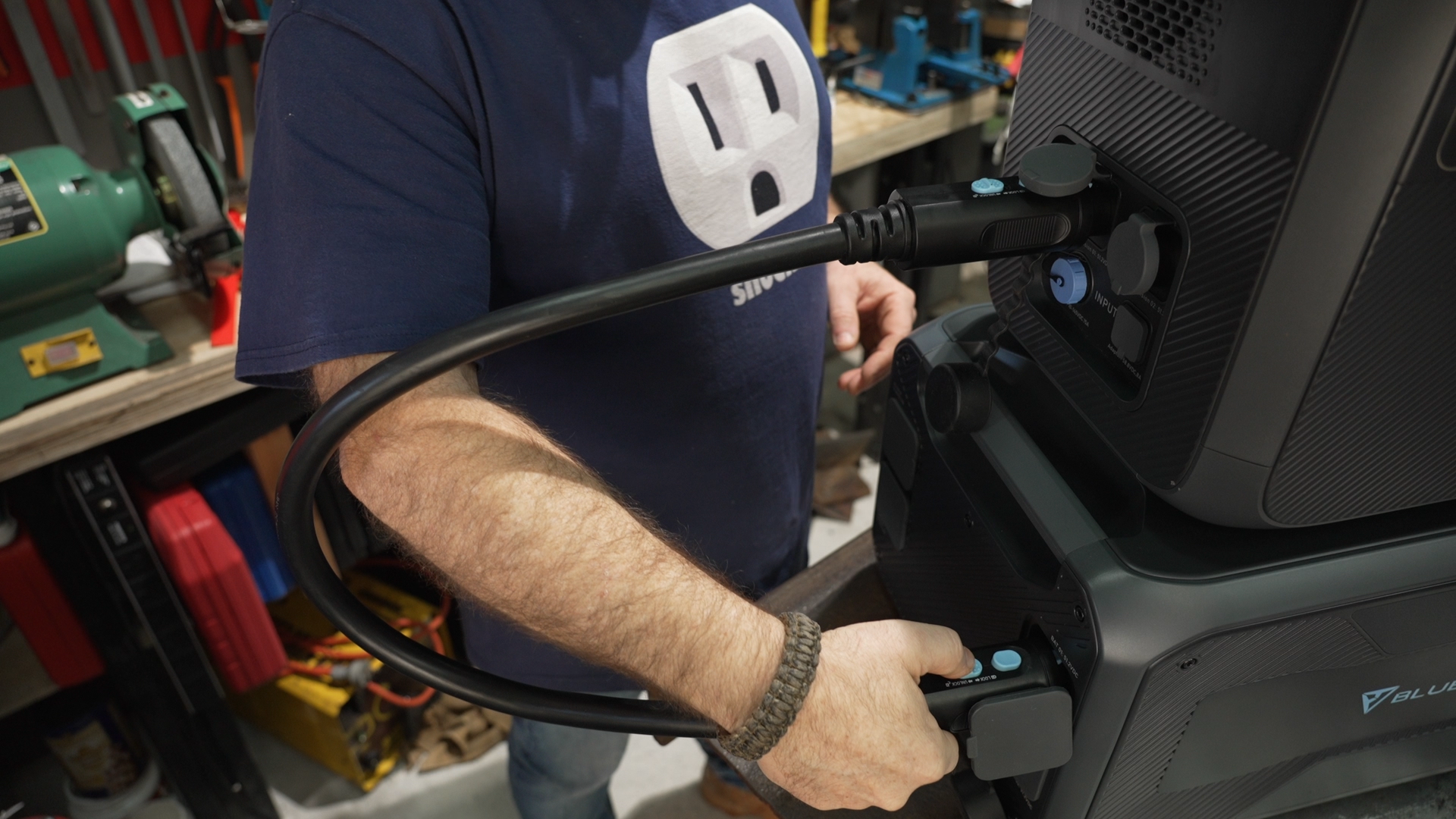
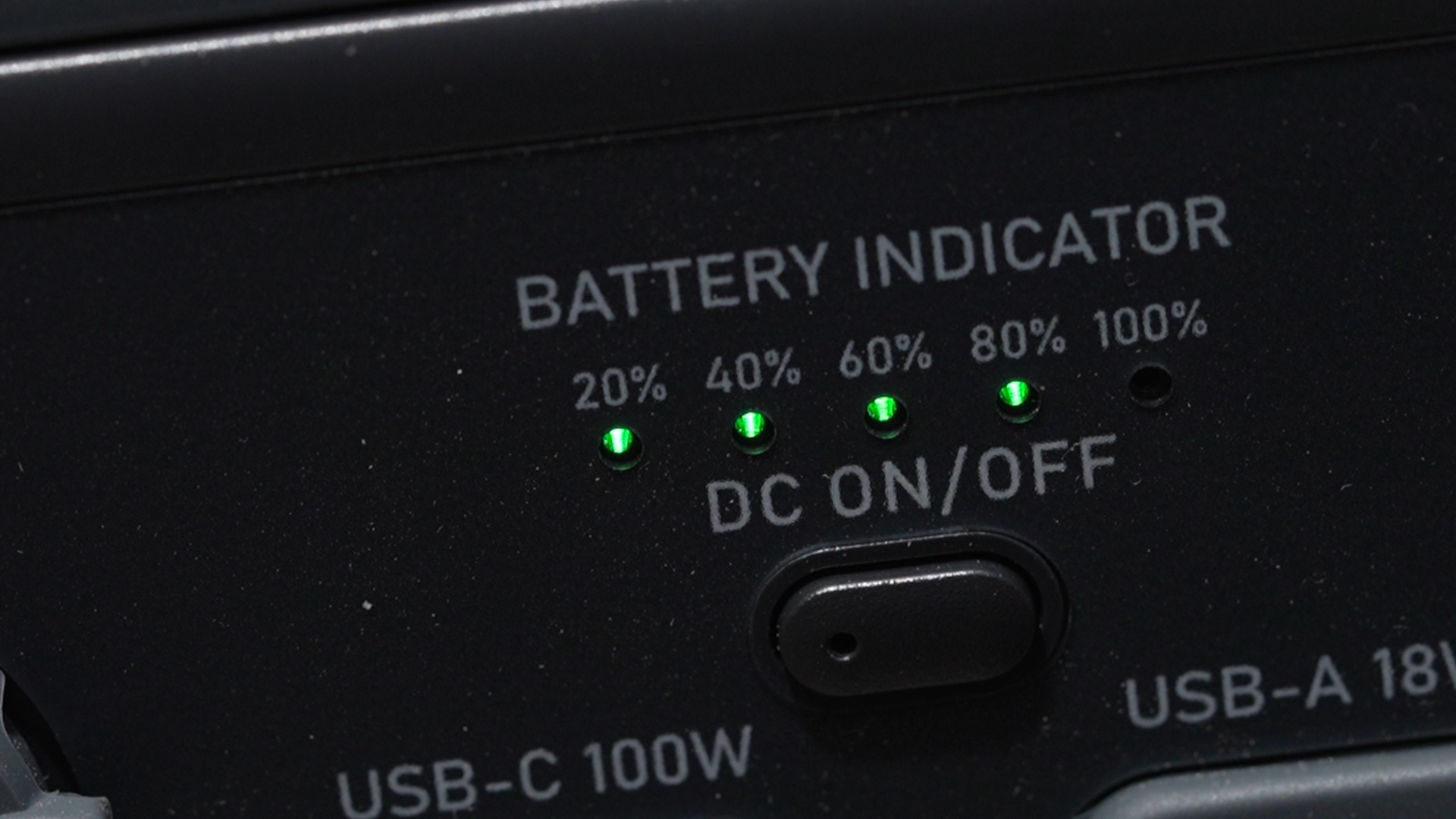
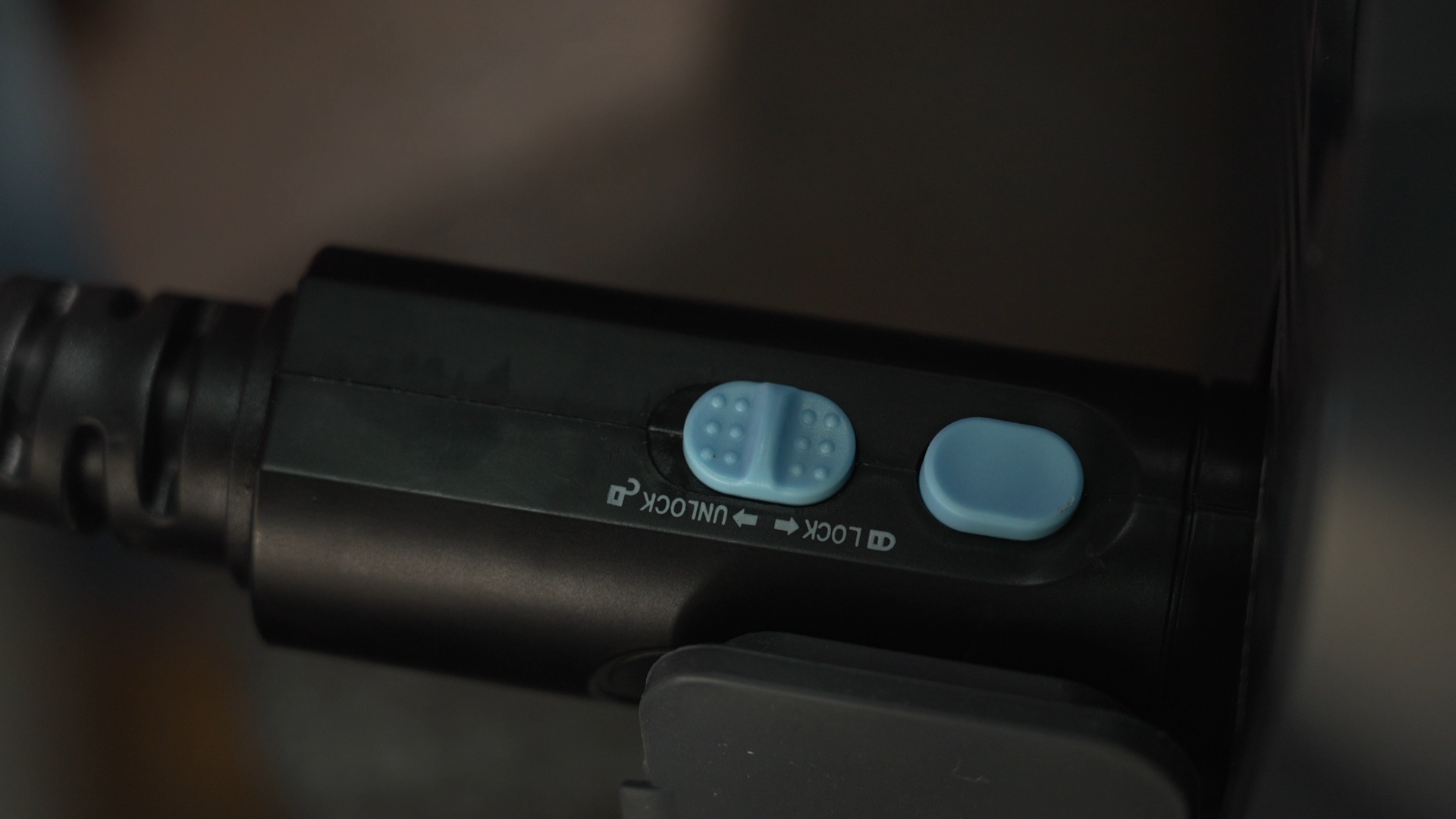
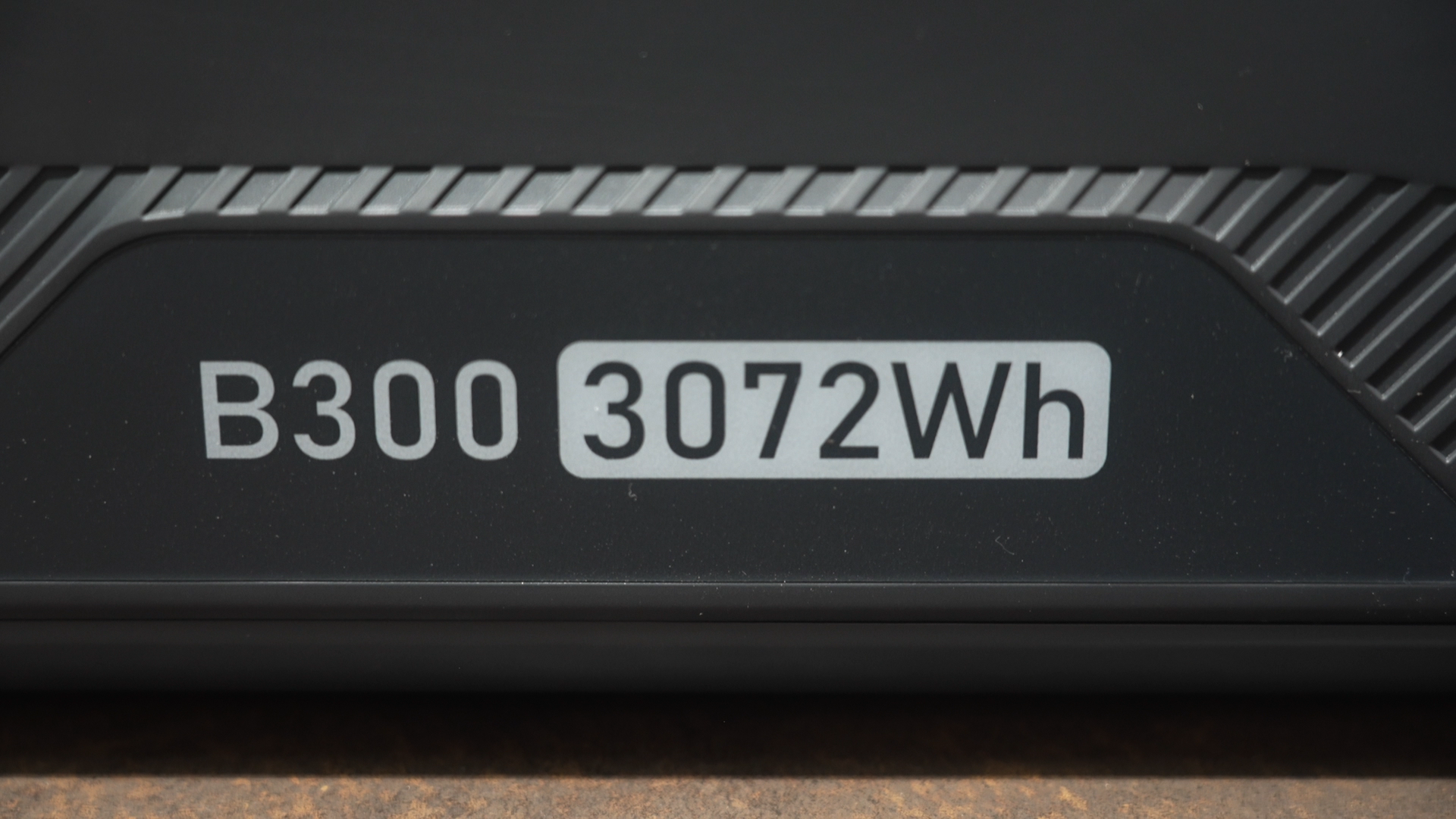
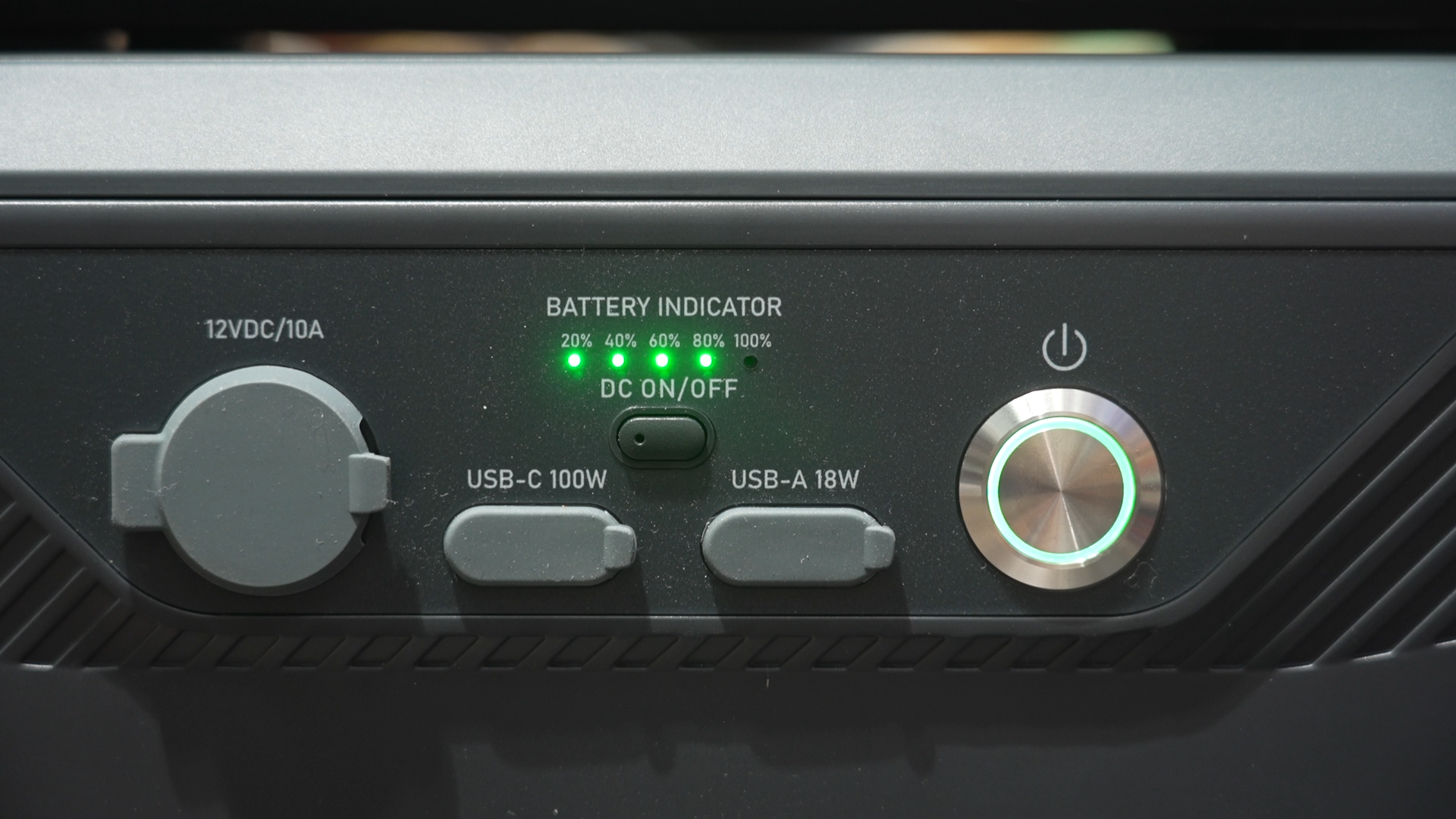
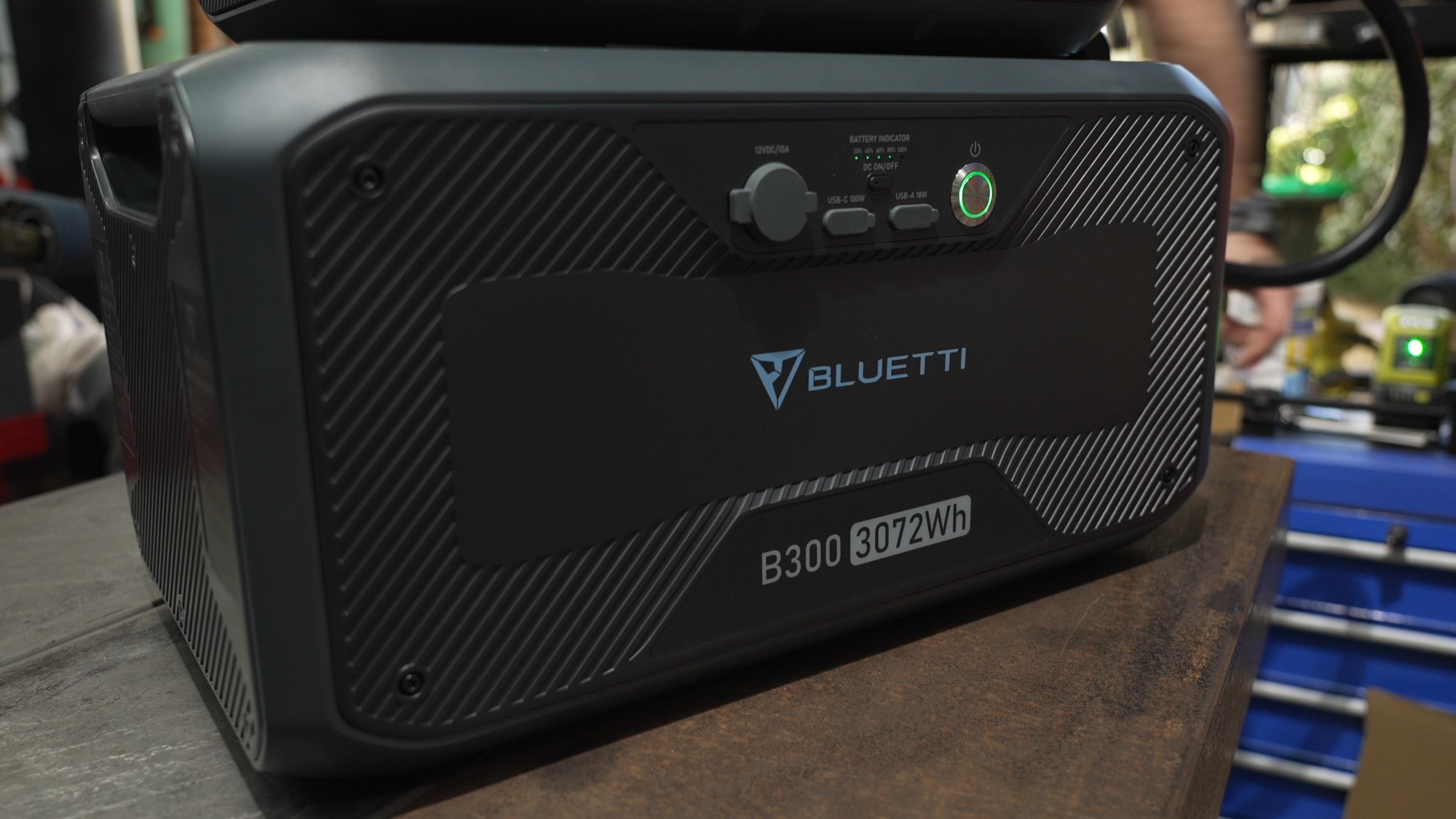















xxxx